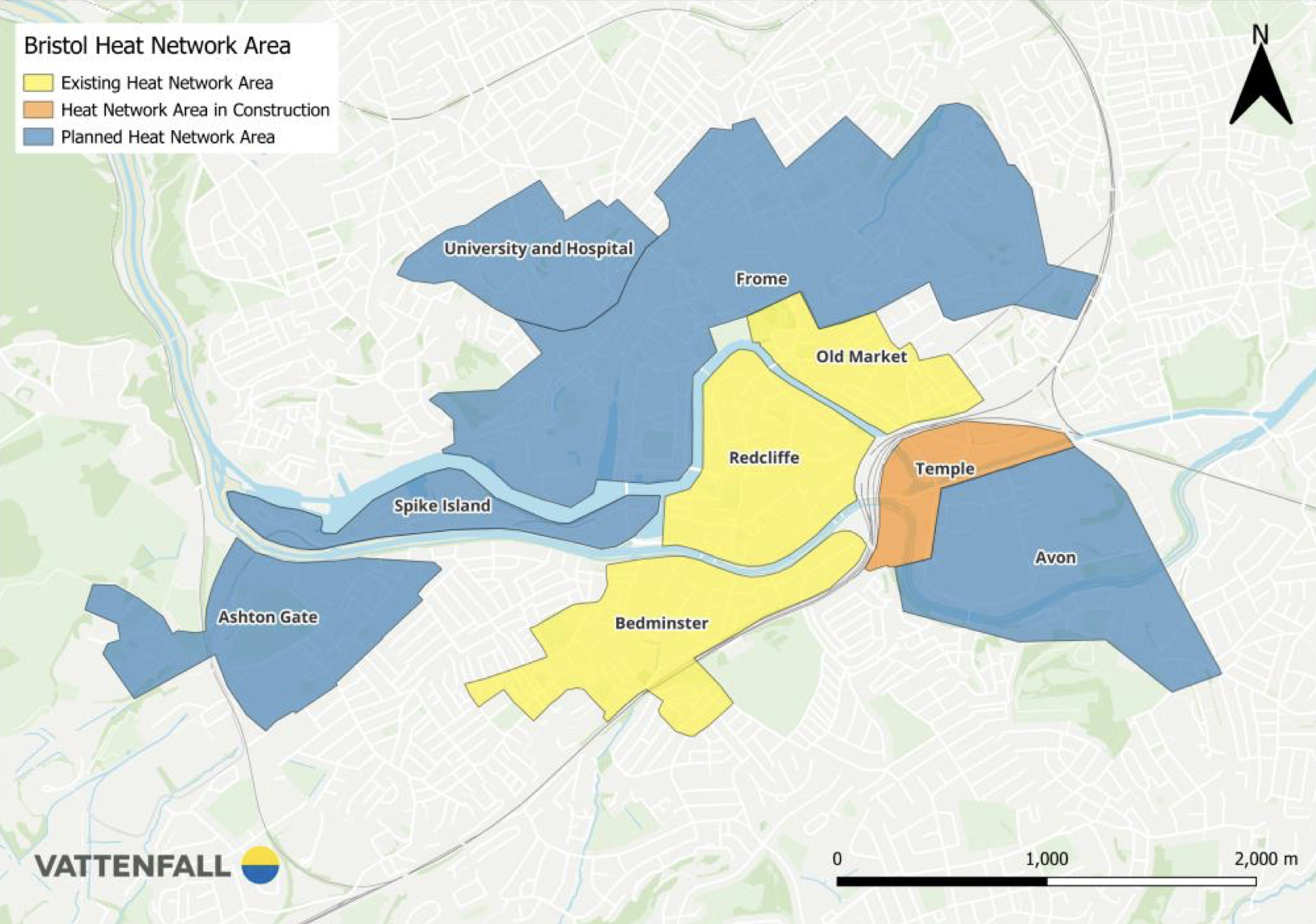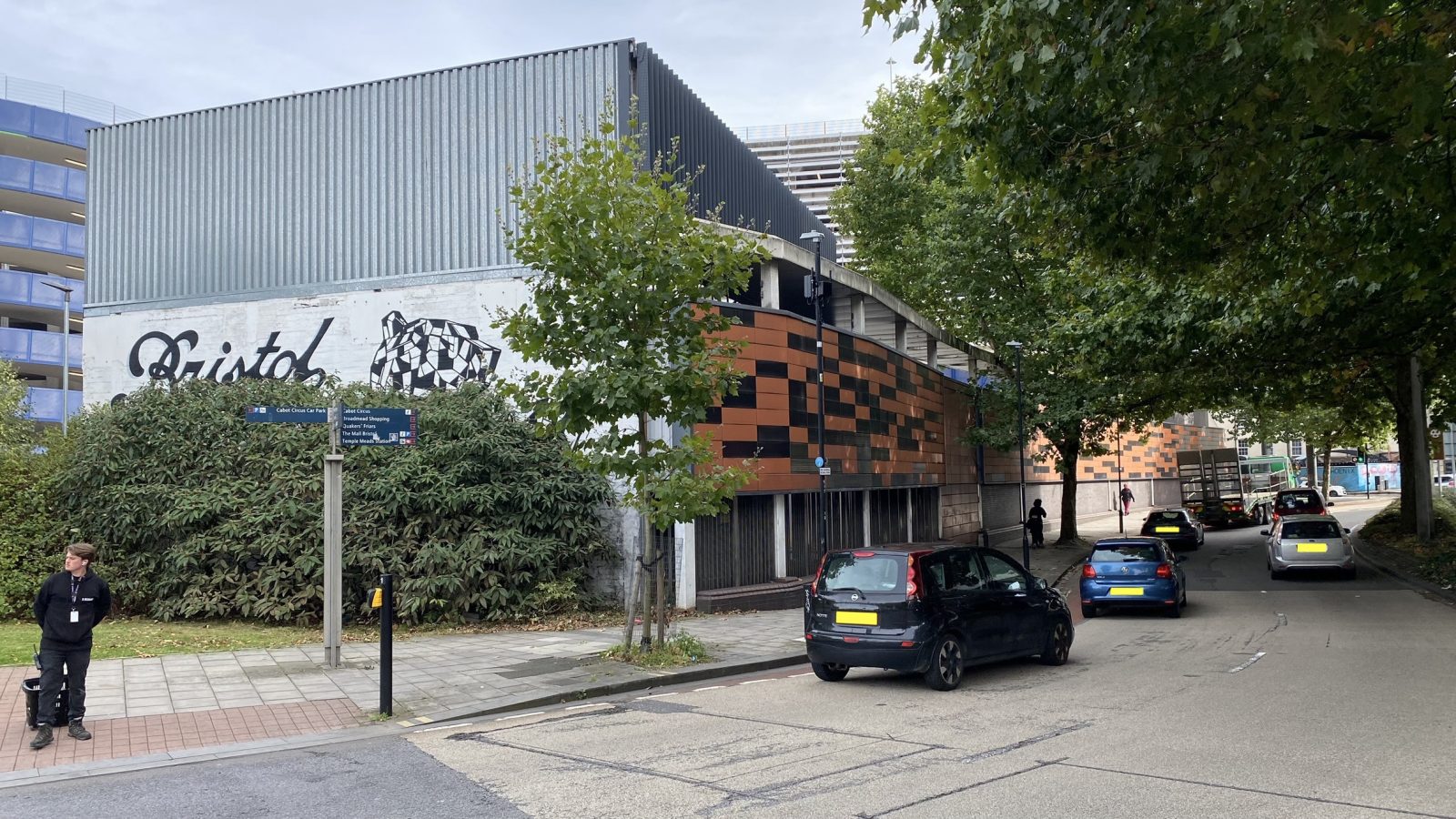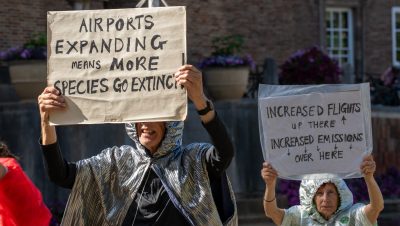News / Bristol heat networks
Plans to expand Bristol’s heat network into city centre
Bristol’s heat network area, which aims to change how people in the city stay warm and heat water in their homes, is set to expand into the city centre.
Construction is expected to begin later in 2025 to construct the “Frome heat network area”, which will stretch from Cabot Circus to Millennium Square.
Described as Bristol’s largest and “most ambitious”, the network will initially support buildings being developed as part of the regeneration project in St Jude’s known as the ‘Frome Gateway’.
is needed now More than ever
So far, Vattenfall, which has a contract with Bristol City Council to expand the city’s district heat network, has created networks in Redcliffe, Old Market and Bedminster and is constructing one around Temple Meads.
A heat network is an underground pipe system that takes heat from a central source and delivers it to domestic and non-domestic buildings.
They are seen as a key technology for decarbonising heating as they do not rely on fossil fuels.

Bristol heat network plans map – photo Vattenfall
Sharing an update, Vattenfall said it has so far “connected or signed to connect” the equivalent of 11,500 homes in Bristol to its heat network.
The council’s aim is for Bristol’s heat network is to provide low-carbon heating and hot water to the equivalent of 12,000 local buildings by 2030.
The Swedish power company plans a new low carbon energy centre on Bath Road and submitted a planning application at the end of August.
Castle Park Energy Centre, the UK’s largest water source heat pump, uses water from the Floating Harbour to heat over 2,500 flats, a school, a health centre and offices.
The installation of the Frome heat network area is permitted under the council’s Local Development Order, put in place in 2023.
This grants permitted development rights to install, inspect, maintain, alter, replace, repair and remove parts of the heat network, leading to a faster rollout of the district heat network.
Most Bristol buildings are heated by gas boilers, which use fossil fuels and generate 45 per cent of the city’s carbon emissions.
Bristol plans a major transition in building heating, shifting from gas to technologies such as heat pumps and heat networks over the next few years.

A regeneration project in St Jude’s will be linked to the city’s heat network – photo: Betty Woolerton
Dom Barton, Vattenfall’s director of heat networks in Bristol, said: “We’ll be working hand in hand with communities across Bristol to remove fossil fuels and create a low-carbon future where we live, work and learn.
“Thousands of homes and businesses are already benefitting from our reliable, resilient heat networks and we’re working to connect thousands more.”
Main photo: Betty Woolerton
Read next:
 Our newsletters emailed directly to you
Our newsletters emailed directly to you




















